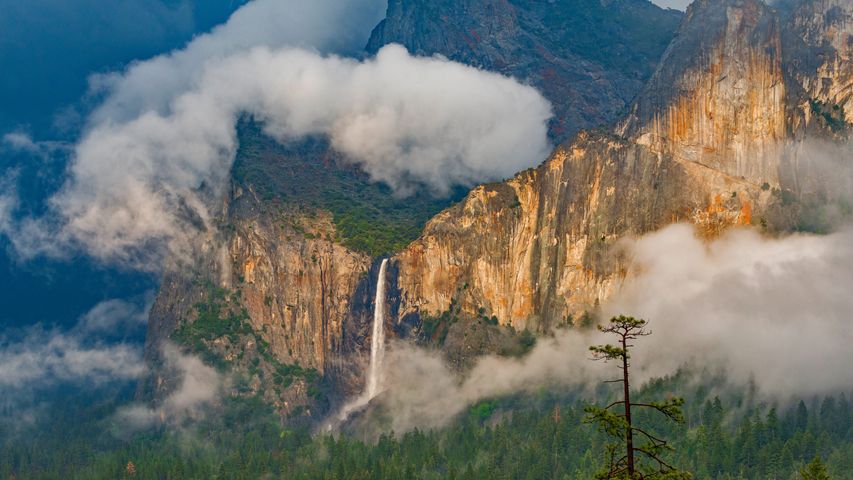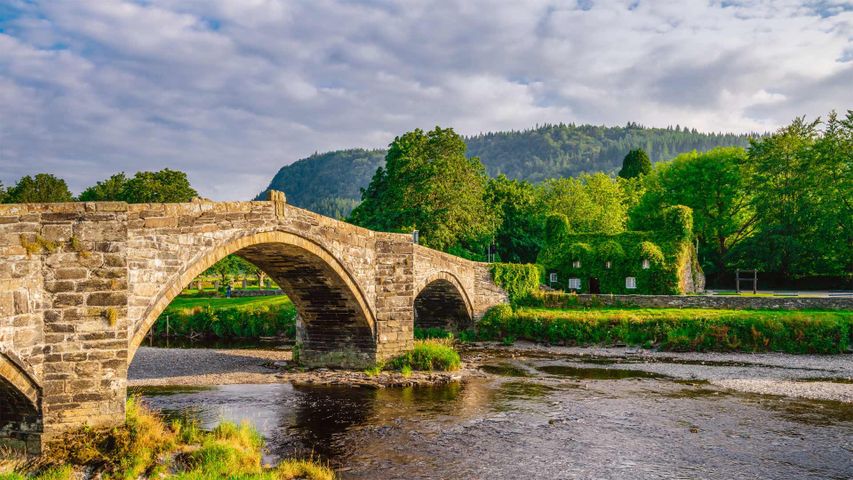Sahyadri mountain range during the monsoon season in India
© Bhushan Patil Photography/Moment Open Collection/Getty Image
A rare mountain range in India
You are seeing the Sahyadri range (the northern part of the Western Ghats), a colossal wall formed millions of years ago due to volcanic eruptions (known as Deccan Traps) that slope downwards as it goes east and climbs higher as it proceeds southwards towards the states of Karnataka and Kerala. The Western Ghats encompasses three ranges as part of its range. The northern part of this range, from the Tapi River near Surat to the Terekhol River in Goa, is called the Sahyadri.
More like rolling hills than snow-covered mountains, the Western Ghats - stretching some 1,600 kilometres from the north of Mumbai to the southern tip of India - are a biodiversity hotspot that contains a large proportion of the country's plant and animal species; many of which are only found here and nowhere else in the world.
About one-third of the plants, almost half the reptiles, and more than three-fourths of the amphibians known in India are found in this narrow strip of the rainforest.
Related Images
Bing Today Images



 Bridalveil Fall, Yosemite National Park, California
Bridalveil Fall, Yosemite National Park, California
 Toy train ride on the Kalka-Shimla route in India
Toy train ride on the Kalka-Shimla route in India
 The Jacobite steam train crossing the Glenfinnan Viaduct in Inverness-shire, Scotland
The Jacobite steam train crossing the Glenfinnan Viaduct in Inverness-shire, Scotland
 A view across the River Shannon in Limerick, County Limerick, Ireland
A view across the River Shannon in Limerick, County Limerick, Ireland
 Pont Fawr, a stone arch bridge in Llanrwst, Wales, UK
Pont Fawr, a stone arch bridge in Llanrwst, Wales, UK
 Bernina Express on the Landwasser Viaduct, Graubünden, Switzerland
Bernina Express on the Landwasser Viaduct, Graubünden, Switzerland
 For the 30th anniversary of Czechoslovakia's Velvet Revolution, bridges over the Vltava River, including the Charles Bridge and Old Town Bridge Tower, Prague, Czech Republic
For the 30th anniversary of Czechoslovakia's Velvet Revolution, bridges over the Vltava River, including the Charles Bridge and Old Town Bridge Tower, Prague, Czech Republic
 County Bridge in New Hampshire, USA
County Bridge in New Hampshire, USA


